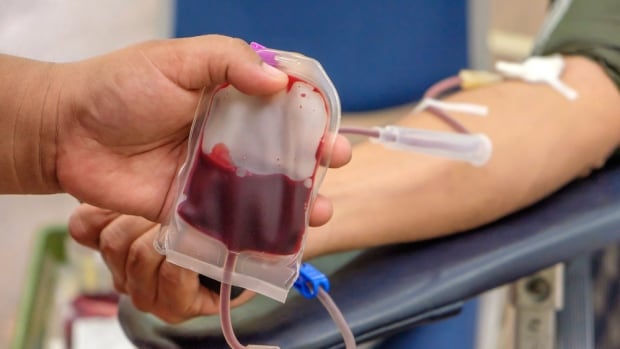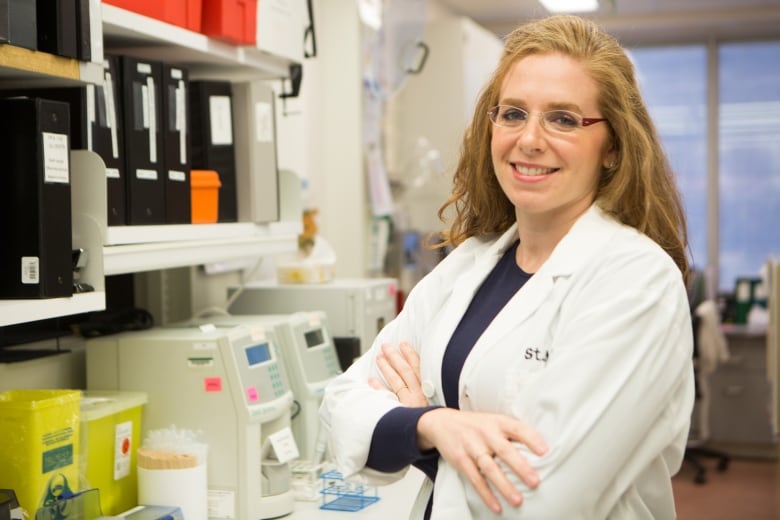
A years-in-the-making adjustment to guidelines covering how iron deficiency is measured in Ontario lab results will be a game changer for patients across the province, according to doctors who worked to make it happen.
A memo sent to physicians last week from Ontario Health says starting Sept. 9, the best practice guidelines stating the baseline of what has been considered a normal amount of iron will be raised. According to experts, the change means people who may have previously been told their iron levels are normal despite not feeling well can now be diagnosed with iron deficiency.
Identifying and treating iron deficiency early is key because of how effective treatment can be, says Dr. Menaka Pai, a professor of hematology at McMaster University and the province’s clinical lead for hematology. Iron deficiency is identified through blood tests.
“I don’t think it’s hyperbolic to say we’re actually going to be changing the lives of Ontarians,” Pai said. “It’s going to alert more ordinary Ontarians who didn’t even know they were iron deficient. It’s going to tell them, ‘Listen, this is why you don’t feel good.'”
Identifying and treating iron deficiency is especially important because it’s an issue of health equity, says Michelle Sholzberg, director of hematology at the University of Toronto and the Hemequity lab at St. Michael’s University, which works to make the field more equitable.
The lower limits previously varied by lab from under 10 to under 15 micrograms of ferritin — the protein that stores iron — per litre. The limits are now 30 micrograms per litre for adults and 20 micrograms per litre for children, Sholzberg says.
The Ministry of Health says the final decision is up to health care providers, such as the chief of hematology at a hospital, on whether to implement the new baseline. A spokesperson for the ministry said the provision and administration of medically necessary iron infusions are insured by the province if done at a hospital. At a non-hospital clinic, only the administration is covered — not the cost of the drug itself.
Sholzberg says about 40 per cent of women and girls, or people with the biological capacity for reproduction, in Ontario have iron deficiency. And it more commonly impacts people of lower socioeconomic status and marginalized groups, she says.
“We want to see this problem be addressed earlier because it’s totally correctable, which means the problem is unnecessary,” Sholzberg said. “It’s a structural problem and we’re structurally solving it.”
Pai called the need for a change “such a feminist issue.”
“I actually think this is going to be a life changer for our patients,” Pai said.
Fatigue, lack of concentration, among symptoms
Sholzberg says the previous baseline was inappropriately low because it relied on flawed scientific data.
It’s a problem that’s been talked about for a while, she says, but a recent surge in women’s health research has built up data to support the advocacy people like her have been engaged in.
Sholzberg says she has been advocating for the change in an organized way for about four and a half years alongside industry stakeholders like Life Labs and Alpha Labs. To accompany the changes, her Hemequity lab has developed a website called Raise The Bar that provides resources for healthcare providers around iron deficiency.
“Being successful in this really took a lot of patience,” she said. “It’s been a long process, but it’s been worth it. And we really hope that this will positively impact care for many people.”
Iron deficiency presents itself through a variety of symptoms, Sholzberg says. People can feel tired, have low concentration, feel like they’re underperforming at work or school and can even experience symptoms of depression and anxiety.

“We want young women to feel good. We want young women to be productive. We want young women to achieve their potential,” she said.
Untreated, iron deficiency can become anemia, which can lead to hospitalization, blood transfusions or even death, Sholzberg says.
But when the deficiency is treated orally or intravenously, she says, the symptoms go away and people’s lives are changed.
“It’s one of the most satisfying things to treat in all of hematology — and I’ve heard other care providers say in all of medicine — because you can fix it.”